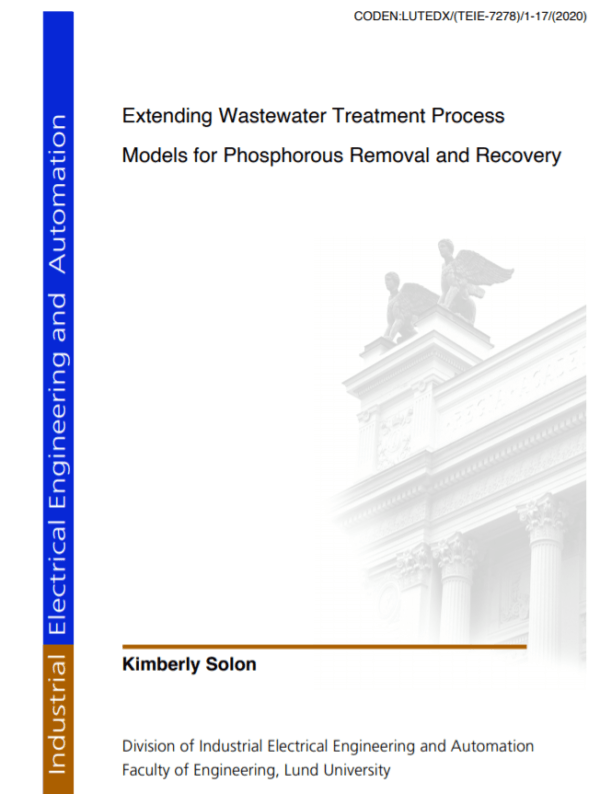Water fulfils many functions in human society: domestic, industrial, agricultural, infrastructure, recreational, transportation use, energy use, etc. As a consequence of its usage, water becomes contaminated, which affects the water cycle and creates disturbances in natural functions (WWAP, 2016).
The contaminated water, or wastewater, contains significant amounts of pollutants, which results in oxygen depletion when discharged directly to surface waters. The wastewater composition largely varies depending on the area it is collected from. It generally constitutes contaminants such as solids, biodegradable and non-biodegradable (or slowly biodegradable) compounds, nutrients, toxic substances, pathogenic organisms, etc. Each of these different types of contaminations often requires different ways of treatment (physical, chemical, biological), thus a conventional wastewater treatment plant (WWTP), such as shown in Figure 1, also constitutes several stages wherein a certain type of pollutant is targeted to be removed in each stage. The main objective of wastewater treatment is to allow urban wastewater discharge into surface waters ensuring protection of public health and the environment (Pescod, 1992).
In the last ten years, there has been a rapid transition of WWTPs into water resource recovery facilities (WRRFs). Wastewater is now considered a resource from where nutrients, energy and water can be recovered. In line with this, plant-wide modelling of wastewater treatment processes needs to account for new processes and state variables. In this research work, emphasis is given to phosphorus removal and/or recovery. Wastewater contains significant amounts of phosphorus, which legislation requires to be reduced to legal limits before discharge onto surface waters due to the fact that it is also responsible for eutrophication. On the other hand, phosphorus is considered a limited resource and only an estimated 50-100 years is left before the known reserves of phosphate rock will be depleted (Herring & Fantel, 1993; Seyhan et al., 2012), with a more conservative estimate of up to 300 years according to Cordell & White (2011). Thus, phosphorus recovery from wastewater becomes a viable prospect to consider (Le Corre et al., 2009).

